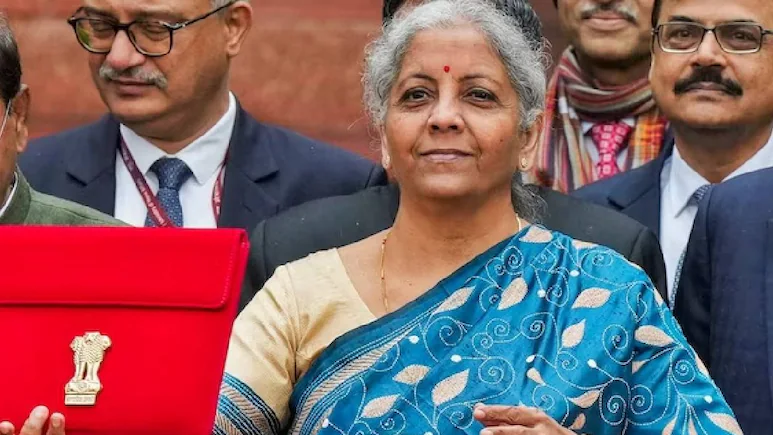NDA 3.0’s First Budget: Finance Minister Nirmala Sitharaman will present her seventh Union Budget during the monsoon months, a time symbolizing natural renewal. This event underscores the stability and strength of India’s government and highlights the critical role of women in decision-making positions.
Context and Significance of the Budget
The upcoming budget holds special importance as it is the first under NDA 3.0. Policymakers aim to introduce significant reforms while maintaining stability. In the wake of recovery from the COVID-19 pandemic and global conflicts, this budget supports India’s long-term vision of becoming “Viksit Bharat” by 2047.
Expectations from the Union Budget
This budget cycle is expected to focus on policies benefiting four major societal groups: the poor (Garib), the youth (Yuva), the farmers (Annadata), and women (Nari). It aims to fortify the economic framework weakened by recent global events. According to the Reserve Bank of India, the financial stability matrix is robust, indicating favorable conditions for implementing crucial economic changes.
Focus Areas and Strategic Initiatives
The Banking, Financial Services, and Insurance (BFSI) sectors are anticipated to see enhancements, particularly in digitalization, security, and customer accessibility. Fintech and Non-Banking Financial Companies (NBFCs) are likely to receive favorable policies, promoting financial inclusion and innovation. Micro and small businesses, significant contributors to GDP, will benefit from support systems designed to ease access to finance and regulatory compliance.
Challenges in Real Estate and Healthcare
Tax incentives are expected to rejuvenate the real estate market, encouraging both construction and purchase to keep prices stable. Increased funding might be allocated to expand healthcare infrastructure, especially in non-metropolitan areas. The adoption of technologies like AI and IoT could boost domestic pharmaceutical production.
About the Union Budget
- Traditionally presented on the last day of February, the Indian Union Budget date was shifted to February 1st in 2017 for faster fund allocation.
- The “Halwa ceremony” marks the commencement of the budget writing process, during which Finance Ministry officials are sequestered for secrecy.
- India’s first Union Budget as an independent country was presented by R. K. Shanmukham Chetty in 1950.
- Until 2016, the Budget included a separate Railway Budget, which was then unified for a more cohesive approach.
- The Budget, mandated by Article 112 of the Constitution, is also known as the “Annual Financial Statement.”
- In 2019, the traditional briefcase was replaced by a “bahi-khata” or ledger for presenting Budget documents to Parliament.
- The budget preparation process begins about six months prior to its presentation.
- The “black budget” of 1973–74, led by Indira Gandhi, focused significantly on debt.
- The Budget comprises two main parts: the Revenue Budget and the Capital Budget.
- Arun Jaitley has presented the Union Budget the most times in the 21st century.




